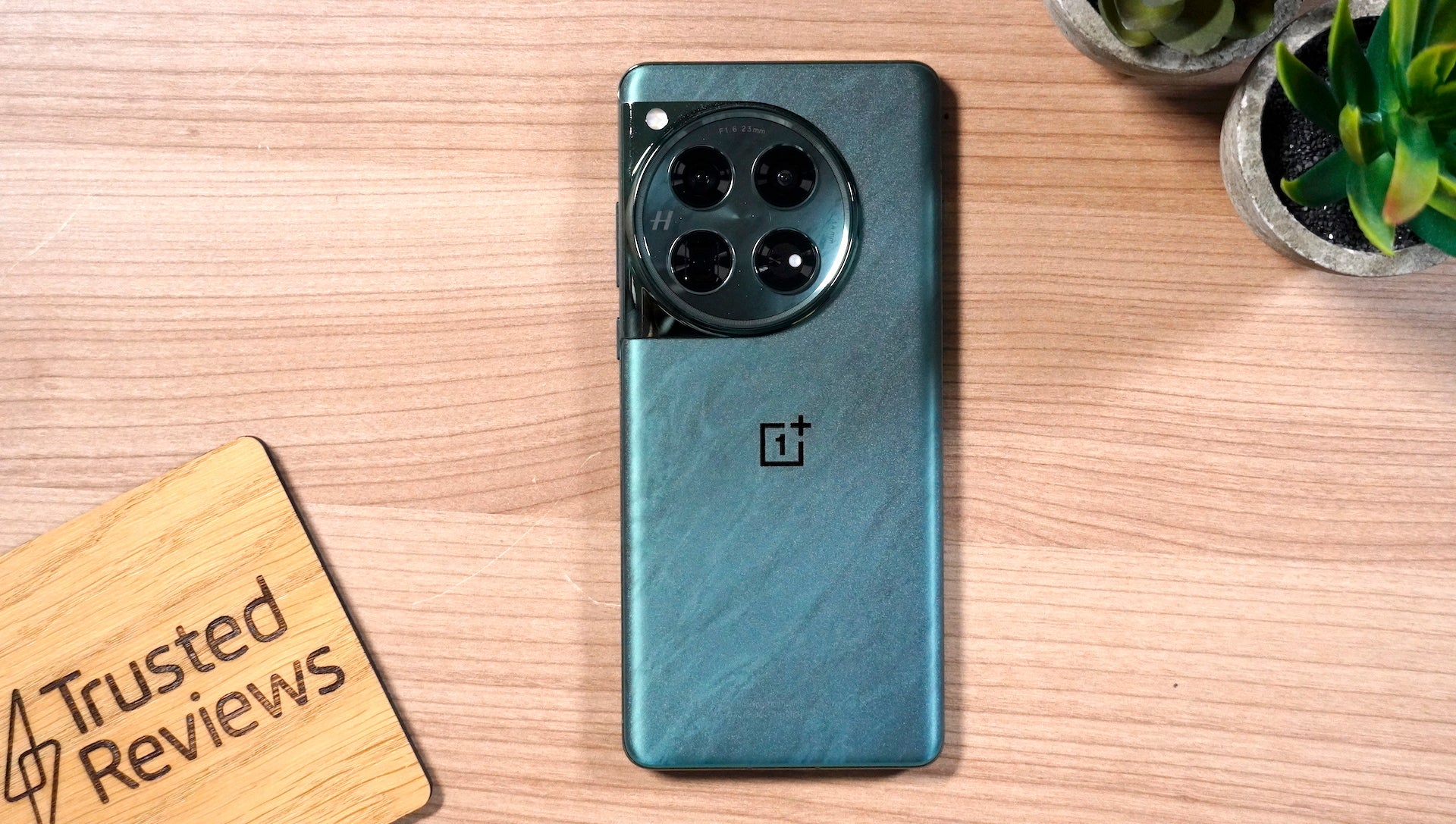OnePlus 12R Review
A very good phone with some issues

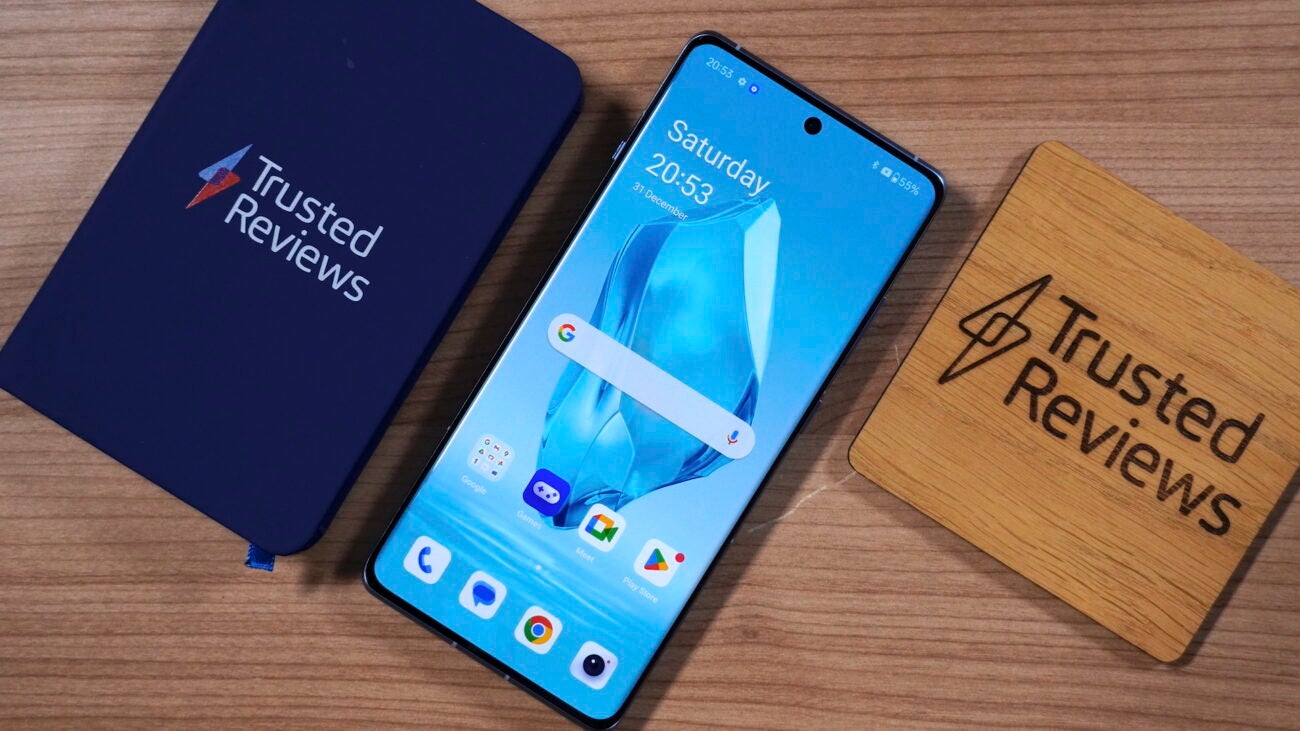



Verdict
The OnePlus 12R harks back to the brand’s former devices with both positive and negative consequences. There’s a focus on performance and the spec list certainly impresses for the price. However there’s some of the negative bits of OnePlus’ past included too, including a very mid-range camera array.
Pros
- The screen is great
- Good power for the price
- The best OnePlus phone for battery life
Cons
- Boring design
- Rubbish camera selection
- No wireless charging
Key Features
- High-end displayLTPO 4.0 tech more intelligently alters the refresh rate
- 2023 chipsetQualcomm’s Snapdragon 8 Gen 2 powers the phone
Introduction
OnePlus is bringing its ‘R’ series of phones to more regions for the first time with the OnePlus 12R.
OnePlus wants everyone to think of the OnePlus 12R as just as much of a flagship as the OnePlus 12, maybe even as a device that’s a better buy for those who spend much of their time on smartphone gaming.
And yes, in some ways this does feel like a flagship – there are even a couple of benefits to plumping for the OnePlus 12R over the OnePlus 12. Still, on the whole, it’s hard to see this as anything but a more affordable and slightly less tempting version of the brand’s true flagship device.
Design
- Two dull colour choices and finishes
- Curved front and back
- IR blaster on the top
The OnePlus 12R looks, and feels, a lot like the OnePlus 11. It’s a fairly standard Android slab with a curved display – something that feels strangely outdated in 2024 – and a matching curved back.
There’s a huge camera module on the back that seamlessly blends into the aluminium rim and, of course, the Alert Slider which now sits on the opposite side to aid antenna performance.

OnePlus loves this little ringer switch, touting it as one of the biggest device features and sure, it’s nice to easily be able to switch your phone to silent (or back to ringer) without fishing it from your pocket.
Yet, after using the much more customisable Action Button on the iPhone 15 Pro, the Alert Slider feels slightly antiquated. As someone who hasn’t set their phone to anything but vibrate since sometime in 2007, it always feels like a wasted key and I’d love to be able to customise it into doing any tasks.
The flat top of the phone houses an IR blaster to control supported devices, while the USB-C port and SIM tray sit on the equally flat bottom.

There are two colours of the OnePlus 12R available, Cool Blue and Iron Gray. The blue one would be my pick if it wasn’t for the very glossy, very slippy finish that comes with it. This is the kind of phone that will somehow manage to fall off any surface it is put on, even if it’s flat.
On numerous occasions over the review period, I’ve heard a noise and turned to see the OnePlus 12R on the floor. This definitely is a device where a case is vital to add some extra grip.
The Iron Gray variant might look duller, but it ditches the slippery finish for a matte one. I still much prefer the lovely green hue the OnePlus 12 comes in overall.
The OnePlus 12R has an IP64 rating and an interesting feature that allows the screen to work more accurately when wet. OnePlus says the 12R uses its CPU to detect when the screen is wet and alter how responsive it is, reducing the amount of mistouches and delayed reaction.
Screen
- Very good OLED screen
- Great for HDR playback
- Fast 120Hz refresh rate
OnePlus isn’t skimping with the screen on the OnePlus 12R and there’s little else on the market for this price that offers a display this good. It’s even better than many of the flagships included in our best Android phone list.
This 6.78-inch LTPO 4 OLED panel covered in Gorilla Glass Victus 2 can intelligently move between 1Hz and 120Hz quicker than before. OnePlus says this panel can change from 72Hz to 120Hz depending on how quickly you flick your finger and it certainly does seem like that’s the case in my testing. The screen will also drop down to 1Hz to make the always-on display option as power-efficient as possible.
The maximum resolution of 2780 x 1264 isn’t quite top drawer (the panel is sharper on the OnePlus 12 at a max of 3168 x 1440) but it’s sharp enough. I put the two OnePlus 12 phones next to each and I had to really go looking for those extra pixels. To the naked eye the difference is very minimal and considering how good the battery life is here, I would say that it was a smart decision to lower the resolution slightly.
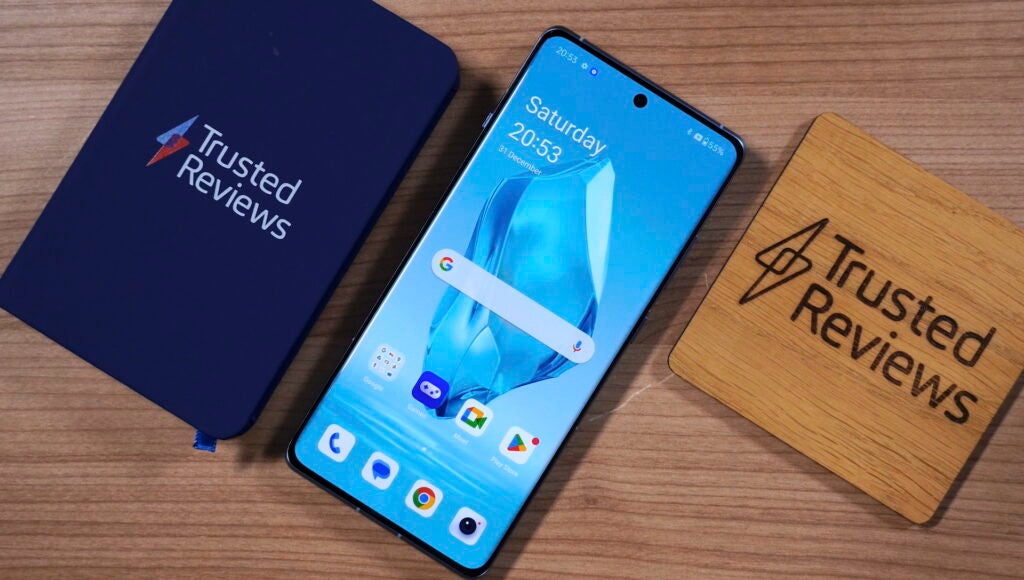
It’s a seriously bright panel that’s easy to view even when the sun is directly shining on the phone, matching the OnePlus 12’s 4500 nits maximum. This is very much a top-end figure though, in general use the maximum is around 1500 nits – still very high.
These high brightness levels make this a great phone for HDR content, especially within apps that support the Dolby Vision format. The Kitchen on Netflix, for example, looks exceptional with plenty of pop in brighter scenes.
My biggest qualm with the screen is the curvature. For a phone focused on gaming, the curved edges are a drawback and make the whole thing harder to hold. A flat screen would have made more sense and separated it more from the OnePlus 12.
Camera
- One good camera, two poor ones
- Lots of shooting modes
- Fast camera app
Packed inside the oversized camera housing are three cameras and a flash that deceptively looks like a fourth sensor.
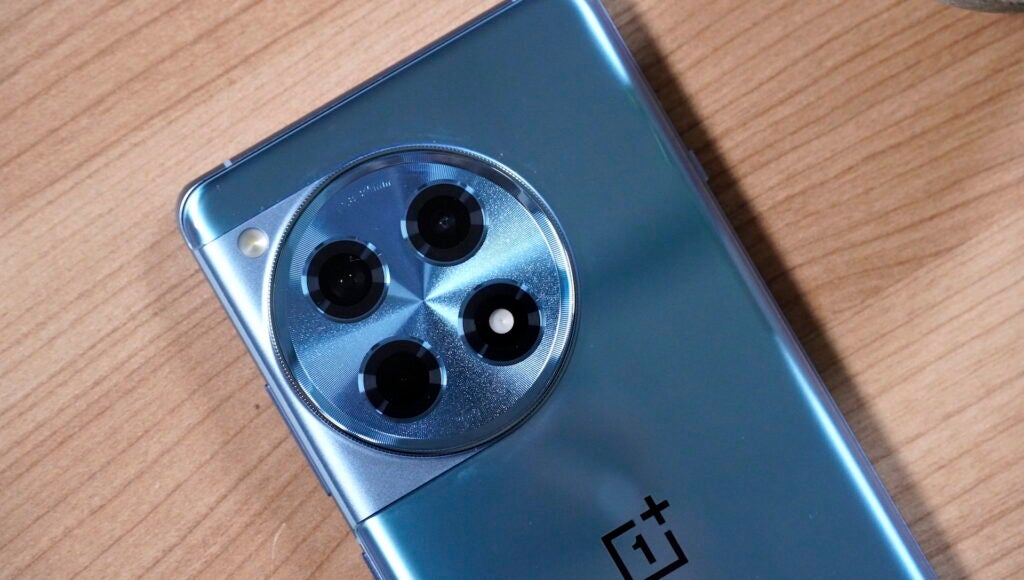
The main camera sensor is the Sony IMX890 50MP, complete with OIS and an f/1.8 lens. Next to this is a 112-degree ultra-wide and the never-welcome dedicated macro sensor. There’s also a 16-megapixel selfie camera.
By default, the OnePlus 12 captures images at 12.6-megapixels. Swipe around in the camera app and there’s a High-Res option that uses the sensor’s full 50-megapixels and in the Pro mode there’s the choice of shooting in the RAW format, ideal for those who can eke some extra image quality out in post.
Those familiar with OnePlus’ recent work will notice the main camera is the same as the one found on the OnePius 11, although the lack of any Hasselblad branding is noticeable and clearly shows this isn’t really meant to be viewed in the same light as the OnePlus 12 when it comes to imaging prowess.



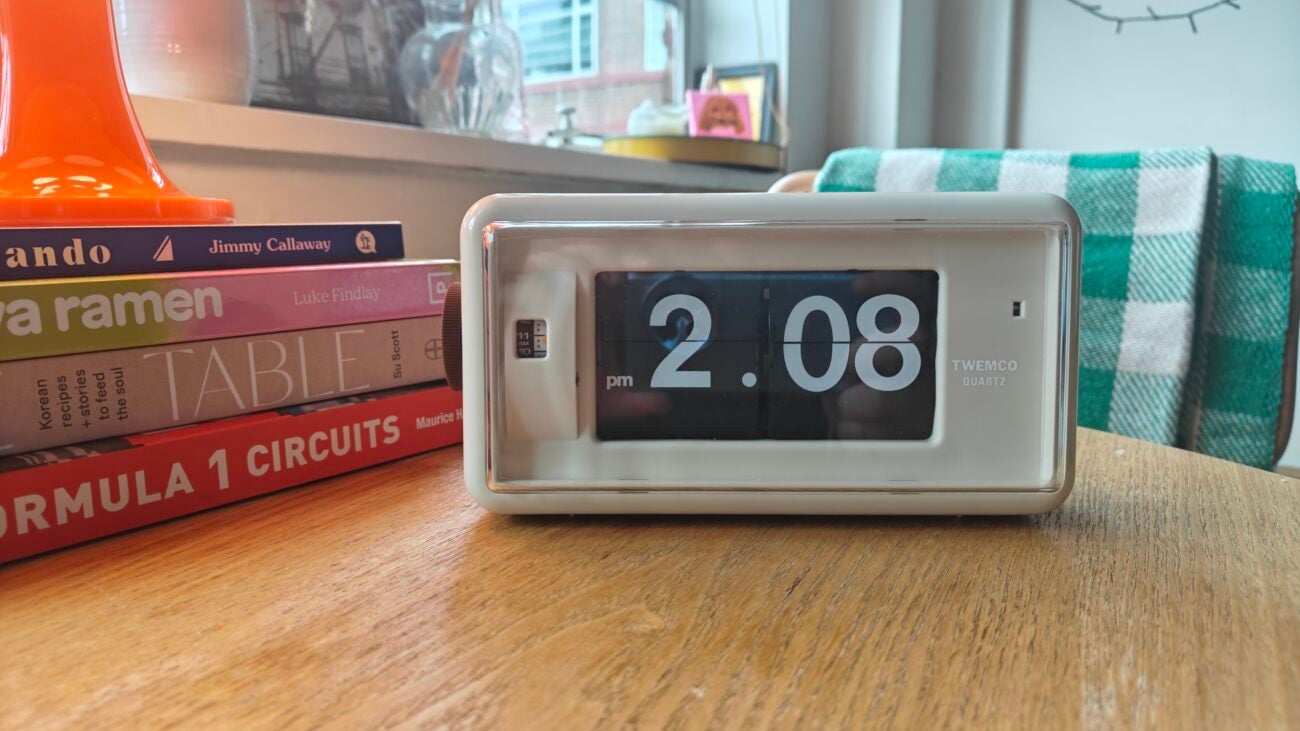
Still, when solely using the main sensor I managed to get some good images from the phone. There’s a nice balance to the colours in snaps, while detail is plentiful in dog fur and plant stems. It’s a lot more versatile than older OnePlus cameras, adapting to changing environments when required without much hassle. I was pleasantly surprised by the low-light shots too, though they don’t match those taken with the Pixel 8.
In the very quick and well laid out camera app there are zoom options, although as there’s no dedicated telephoto lens it’s just punching in on the 50MP image. Results aren’t great as a result of this.
Moving away from the main camera the experience feels much more in line with the mid-range price.


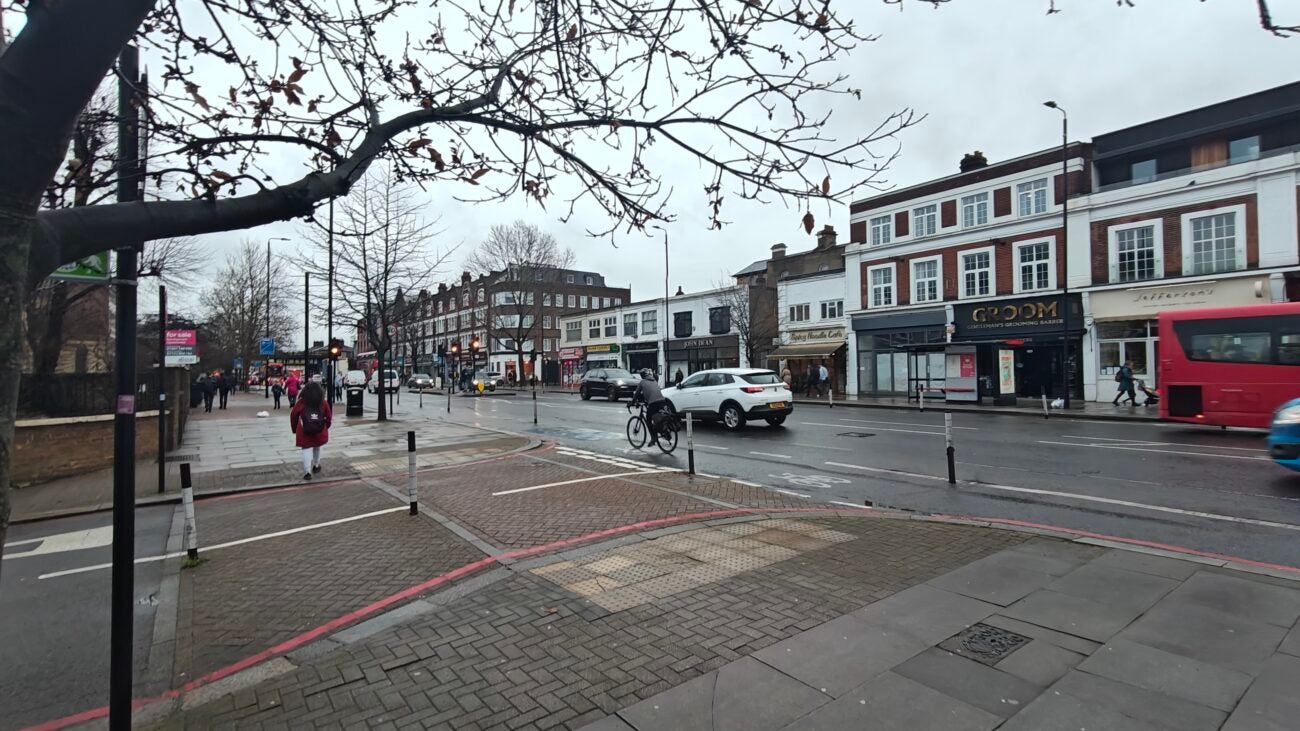
The 8MP ultra wide lacks details and struggles in conditions other than bright sunshine meaning I barely ever switched to it after the first day or so. It’s even more disappointing to see a useless macro camera here adding absolutely nothing whatsoever aside from allowing OnePlus to say this has a triple camera array.
Performance
- The Snapdragon 8 Gen 2 performs well
- Loads of RAM and storage
- Can get warm in intensive tasks
OnePlus is pushing the OnePlus 12R as a ‘performance flagship’ – which is odd considering it lacks the latest Snapdragon 8 Gen 3, instead using the older Gen 2. If you want the very best performing OnePlus phone, that will remain the OnePlus 12.
The Snapdragon 8 Gen 2 isn’t to be sniffed at though, and OnePlus has paired it with up to 16GB of fast LPDDR5X RAM and 256GB of storage. Considering this is a phone that retails at £649/$599, those are some impressive specs.
There’s been a big focus on cooling – vital with these recent Qualcomm chips – with the snappily-named Cryo-Velocity cooling system boasting two vapour chambers to rapidly cool the phone down. It does a decent job at keeping the phone cool in most situations, although the phone can become quite hot during longer gaming sessions. The OnePlus 12R can also get warm during fast charging.
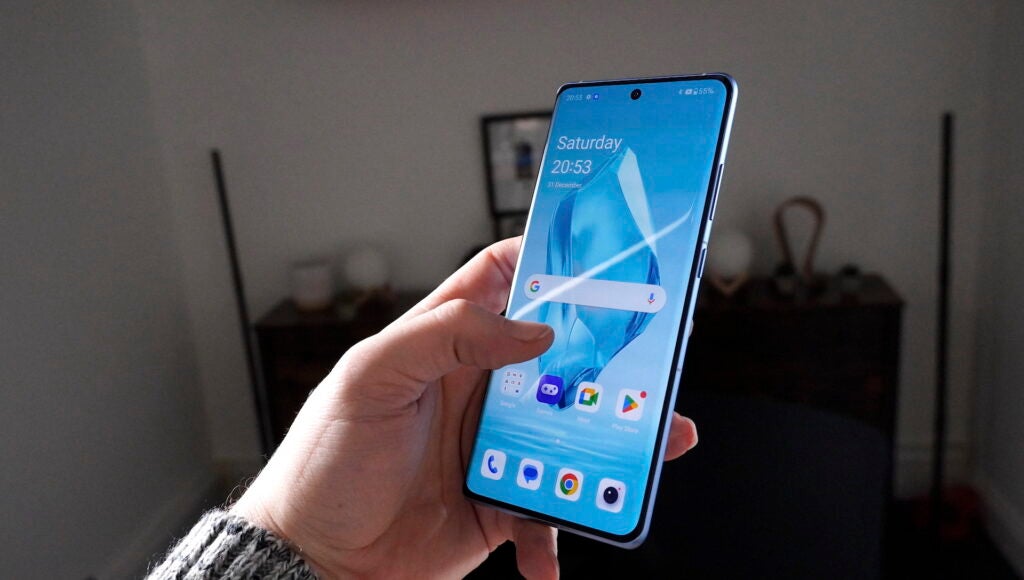
There are a bunch of software features here aiming to increase performance. One such feature is ROM-vita, which uses algorithms to constantly check for duplicate files, making sure nothing is bogging the system down. Another is called RAM-vIta and another CPU-vita – Yes, I agree that OnePlus probably needs to work on its branding a little bit.
Marketing nonsense aside, this is a very fast phone and I don’t think much is really lost by not letting the OnePlus 12R out with the latest 8 Gen 3 chip. A lot of Qualcomm’s latest flagship features revolve around AI and OnePlus has yet to build any of these into its version of Android.
Gaming is an absolute pleasure. I could play (badly) Genshin Impact on its default graphical setting at 60fps without running into any issues, and a similar story for other high-end titles
In our usual set of benchmarking tests, the OnePlus 12R performs on par with other 8 Gen 2 phones including some of the priciest devices from 2023. You can see how the OnePlus 12R compares in the graphs below.
Software
- Fast and fluid OxygenOS
- Android 14, and four guaranteed updates
- Some smart apps included
The OnePlus 12R comes running Android 14, the latest version of Googe’s wide-ranging operating system. If you’re upgrading from a much older OnePlus device, you might be a bit surprised the custom skin overlaid on top of Android isn’t quite as ‘clean’ as it once was. There’s a lot more Oppo-ness with the newer versions of ColorOS, giving it a more distinct feel.
While it can be easy to criticise many of the heavy skins brands like Xiaomi and Vivo use, I quite like the recent versions of ColorOS. There’s a nice mix of Google’s elements, with far more customisation features added by OnePlus.
The Shelf, for example, is a handy way of collating widgets together in an easy-to-view manner and the Zen Space app is a great way of shutting off beeps and distractions if you want to focus elsewhere.
There’s quite a bit of bloatware here, but most of it is at least well-designed and has some thought behind it. There aren’t 30 preinstalled games and obscure social media apps you’ll instantly want to delete.
I still bemoan the death of the dedicated reader mode that would automatically turn the screen monochrome when apps like Kindle were opened. At least there’s still a general monochrome option buried within the huge Settings menu.
Most importantly, OxygenOS feels fast all the time without any slowdown or lag. There’s also none of the aggressive heavy battery tech that hampers some of the Android devices from rival brands. No one does software optimisation on Android quite like OnePlus and having experienced these phones for years, I am sure it will stay fast for a while to come.
A few years back, a promise of three years of software updates and four of security updates would be seen as good. In 2024, with Samsung and Google now offering upwards of seven years as standard, I think it’s merely acceptable and I would have liked to have seen OnePlus push it further.
Battery Life
- Excellent endurance
- Included 100w plug
- Limited to 80w in certain regions
The OnePlus 12R is the best OnePlus phone you can buy when it comes to battery skills. Not only does it retain the seriously snappy charging speeds the brand has become known for, but the combination of a huge 5500mAh cell and a default 1080p display setting equals fantastic endurance.
I’ve been using the OnePlus 12R as my main phone for around two weeks now and I am still continually impressed with how long it can go between charges. Between seven and eight hours of screen time is achievable, meaning most users should easily get two days before a charge is needed.

I haven’t been able to deplete this phone in a single day without forcing it down with heavy benchmarking tools that ramp the screen brightness up, with even the busiest of work days leaving me with at least 30% battery left come midnight. An hour of Netflix streaming in HDR took a mere 5% off.
OnePlus phones, along with those from its Oppo partner brand, have become known for their quick charging skills over the past few years and I am happy to see SuperVOOC sticking around for this ‘R” release.
The included plug supports 100w charging in all regions aside from the US where it’s 80w and this can fully phone charge the phone in under 30 minutes.
In my tests I couldn’t quite get the full 0-100% charge in the 26 minutes OnePlus claims, however at 28 minutes, this remains one of the quickest charging mass-market on the market. Compared to the Pixel 8 – a phone that comes in at a similar price – the OnePlus charges nearly 3x as fast.
Not all is perfect, though. The lack of wireless charging irks me, even though I understand the point of view that it’s unnecessary when the wired charging is so ridiculously fast.
I’d argue that the simplicity of plopping a phone down on a wireless pad is great however fast wired charging is, and I always prefer to use wireless charging at night so I am not fishing around for a cable in the dark.
Latest deals
Should you buy it?
Buy if you want a lot of specs at a good price
The OnePlus 12R ticks plenty of boxes and is very good value when most parts are considered. The screen is big, fast, bright and sharp enough while the chipset is fast and the battery large.
Don’t buy if you’re want the best camera experience
The main camera on the OnePlus 12R is good – the same can’t be said for the secondary sensors, though. Both the macro and ultrawide are poor and the experience isn’t anywhere near the far superior OnePlus 12.
Final Thoughts
The OnePlus 12R is a classic OnePlus device, which is both a positive and a negative. It harks back to the brand’s start as a powerful device maker who releases products at good price points and can’t quite nail a complete camera experience.
As a more affordable option in the OnePlus 12 family it ticks a lot of boxes though, offering a 2023 flagship chipset, huge battery and very fast charging for a price that puts in directly between the Nothing Phone 2 and Pixel 8.
I’d still say it’s more like a rebadged OnePlus 11 than the true flagship OnePlus is implying. The camera isn’t flagship-worthy and the design is dated in comparison to the rest of the market.
Still, if it’s big performance and a long-lasting battery you’re after there’s nothing better on the market for this seriously tempting price.
How we test
We test every mobile phone we review thoroughly. We use industry-standard tests to compare features properly and we use the phone as our main device over the review period. We’ll always tell you what we find and we never, ever, accept money to review a product.
Find out more about how we test in our ethics policy.
Used as a main phone for over a week
Thorough camera testing in a variety of conditions
Tested and benchmarked using respected industry tests and real-world data
FAQs
You’ll get a 100W SuperVOOC USB-A to USB-C charger in the box.
It is, but with an IP64 rating, it’s behind the dust and water ingress protection of flagships.

